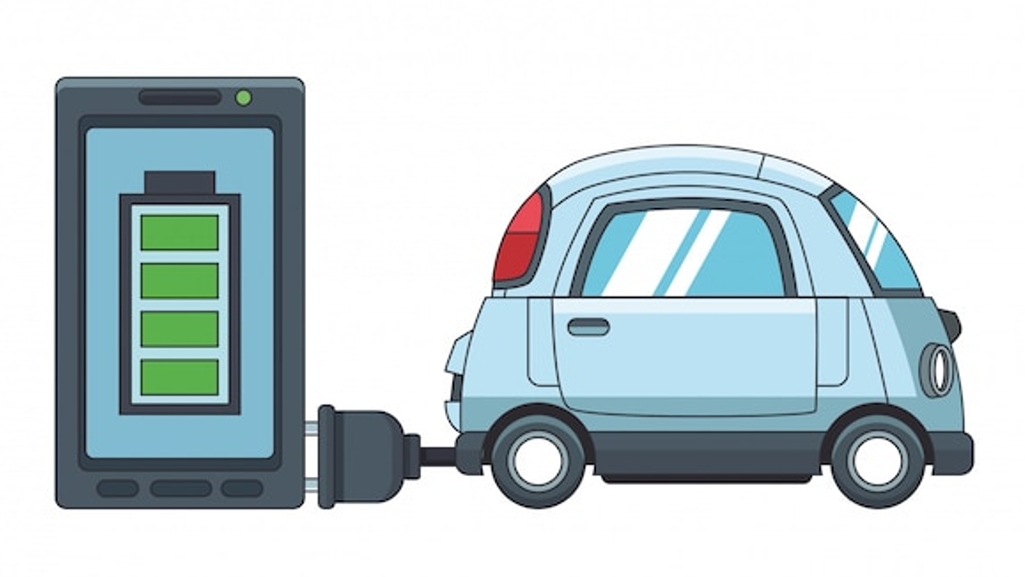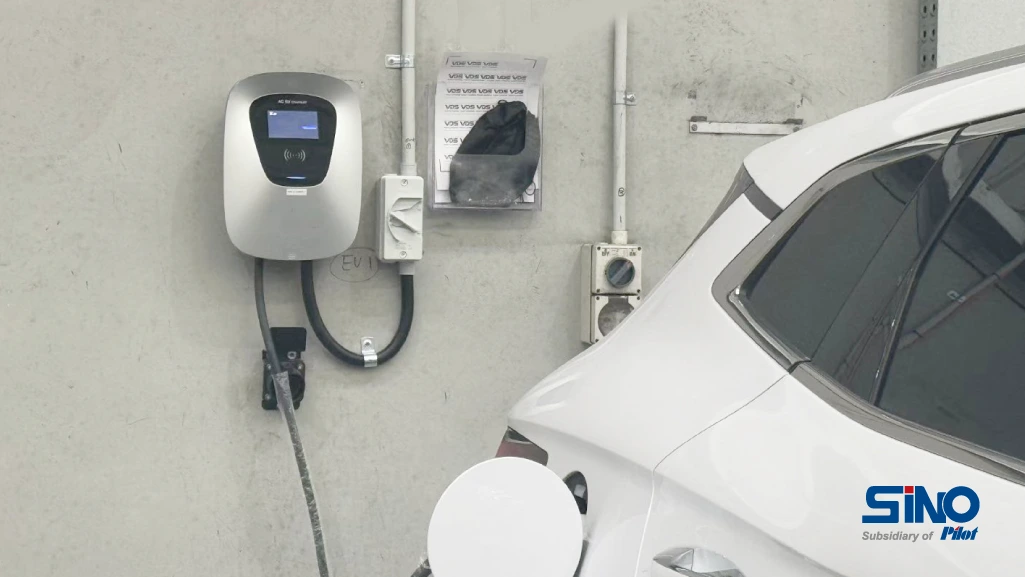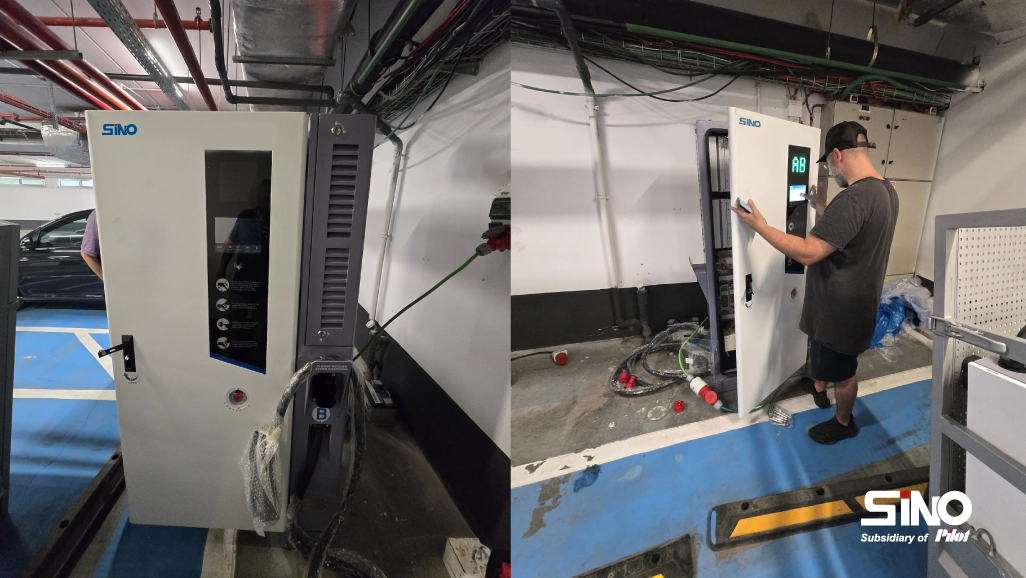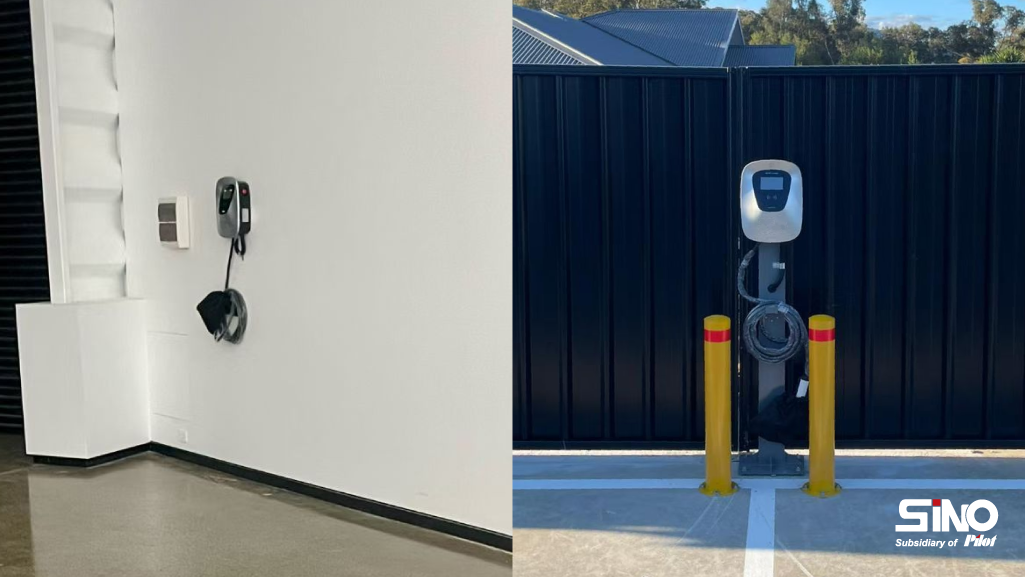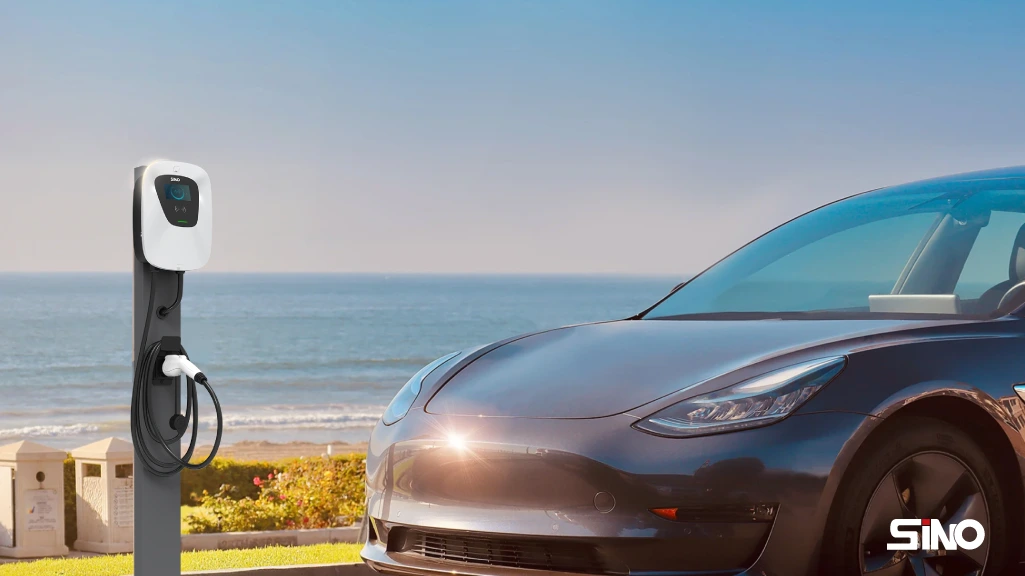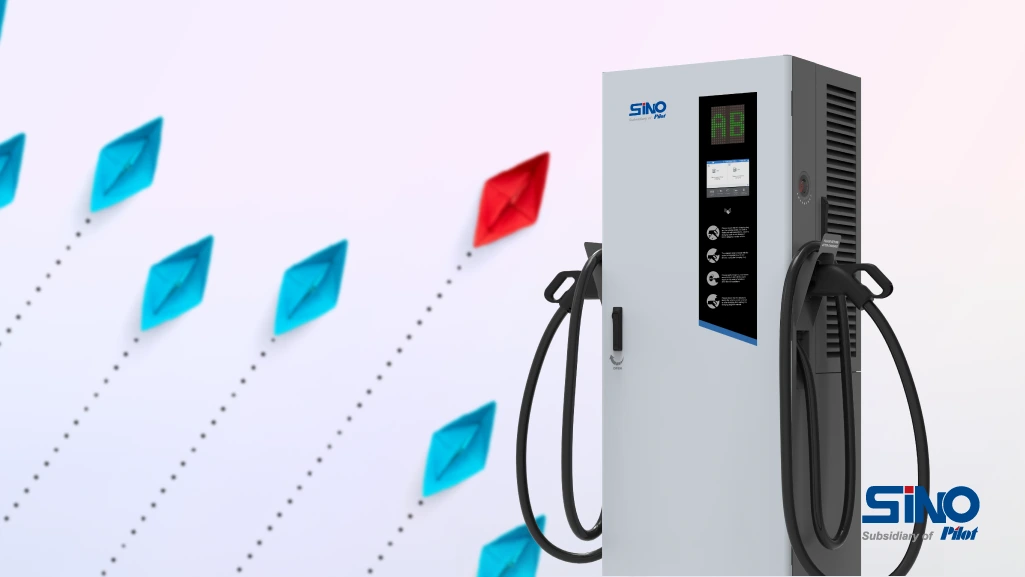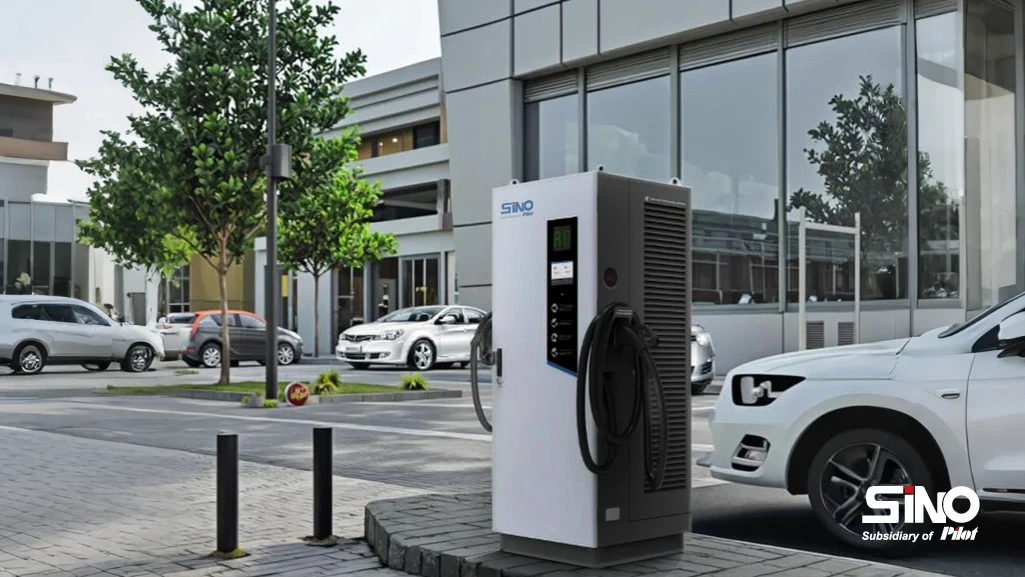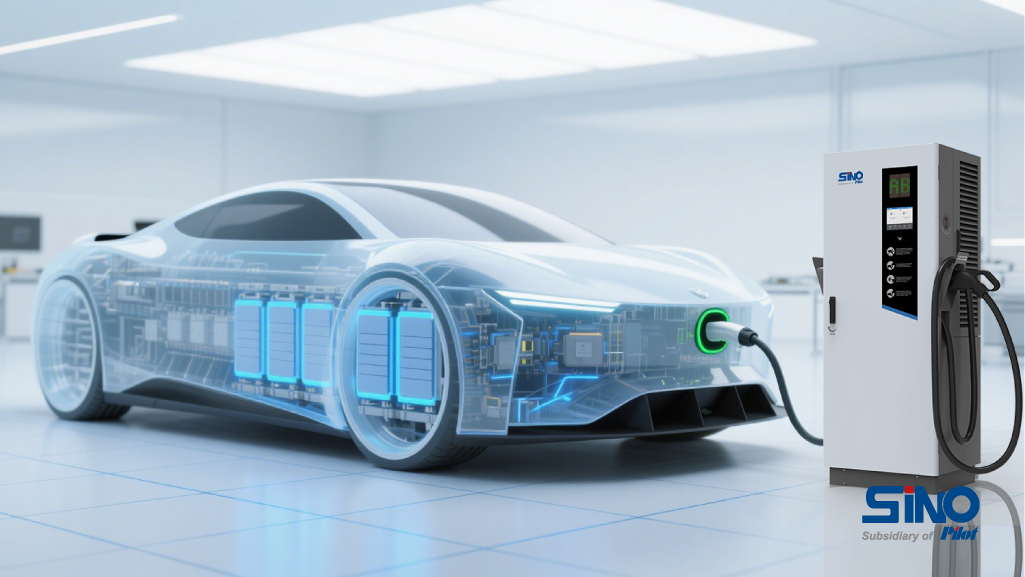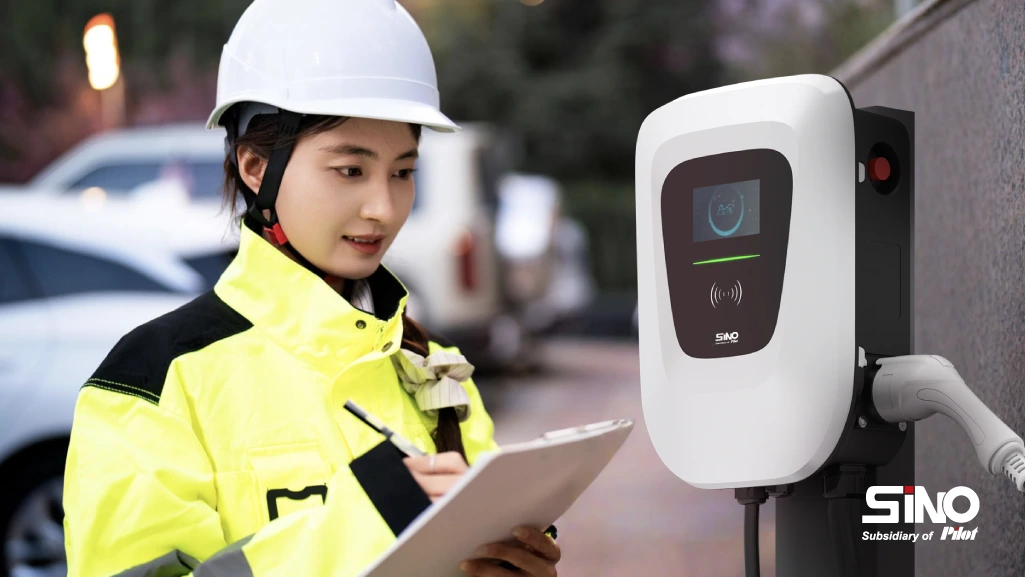Electric vehicles (EVs) offer a convenient and eco-friendly alternative to traditional gasoline-powered cars, but like all vehicles, they require maintenance and proper care to ensure longevity. One common question EV owners often have is: How long can an electric car sit without charging? This question is important for anyone storing their electric vehicle for an extended period, whether due to travel, weather conditions, or other reasons.
In this article, we discuss how long an electric vehicle can stay parked without charging, what factors affect the drainage of batteries, and the best practices to maintain your EV’s battery health during long-term storage.
How Long Can an Electric Car Sit Without Charging?
The short answer is that electric cars can sit for several weeks or even months without charging. In all fairness, the exact duration varies depending on a number of factors, including but not limited to the make and model of the vehicle, battery health, and environmental conditions. Most of the modern EVs are designed to lose a very small amount of charge when parked, thanks to advanced systems of battery management.
For those looking for home charging solutions, it’s essential to maintain a regular charging schedule even when the car is not in use.
Do Electric Cars Lose Charge When Parked?
Yes, electric cars do lose their charge when parked. It has been referred to as “vampire drain” or “parasitic drain,” meaning the vehicle’s battery degrades due to its electronic system that is operational even with the car in an inoperable condition. They may include, among many others, such features like security features, remote access features, and the onboard battery management system with its state-of-charge estimator.
On average, an electric car loses about 1-3% of its charge per day while it’s parked. For example, if your EV is fully charged, it could lose around 10-20% of its battery charge over the course of a month. But the amount of charge lost depends on several factors such as the make and model of the car, the age of the battery, and environmental conditions.
Factors Affecting Battery Drain
Several factors come into play that affect how much charge your EV will lose when it is parked for a long period. Knowing what these factors are can help you reduce battery drain and prolong the life of your electric car’s battery.
Self-Discharge
It is also referred to as self-discharge—a natural process whereby a battery loses charge over time, even when the vehicle is at rest. All batteries will self-discharge to some extent, including those in electric vehicles. However, EV batteries are designed to reduce this effect, and their self-discharge rate is much lower compared to the previous generation of batteries such as lead-acid batteries.
Vampire Drain
As described earlier, vampire drain is the amount of energy consumed by the vehicle’s systems when the vehicle is turned off. Features like remote monitoring, over-the-air software updates, and vehicle communication systems cause vampire drain. Some EV manufacturers have software updates that reduce vampire drain so it is a good idea to keep your EV’s software current.
Condition of the Battery
The condition of the battery is one of the most determining variables in how much charge an electric car loses while parked. As a rule, older batteries or those with a poorer state of health have bigger rates of discharge. With regular maintenance and care of the EV’s battery, this will ensure that it stays in good condition for a longer time.
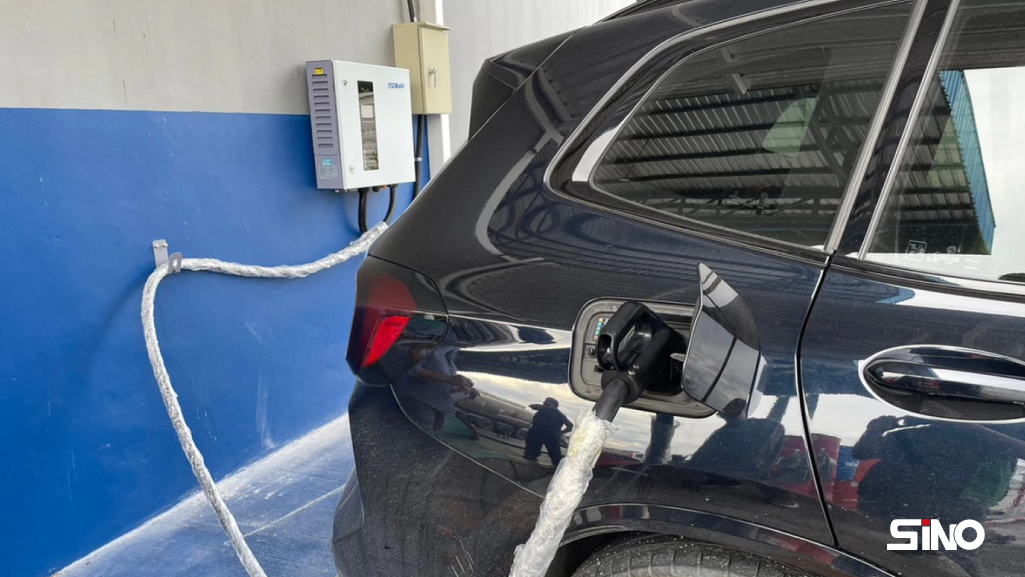
Best Practices for Storing Electric Car Long-Term
If you intend to store your electric vehicle for quite some time, there are several best practices that could ensure the health of the battery is maintained and excessive power loss avoided.
Optimal Battery Charge Level for Storage
When storing your electric vehicle long-term, it’s recommended to keep the battery charge between 50-70%. Charging your car to 100% before storage may cause unnecessary stress on the battery, while letting the charge drop too low can lead to deep discharging, which is also harmful to the battery.
A charge level in the range of 50 to 70 percent provides a healthful balance between maintaining your battery’s health and minimizing possible damage from overcharging or too deep discharging. Long-term storage requires periodic checkups on the battery charge, topping off as appropriate.
Power-Saving Modes for EVs
Most modern electric vehicles have specific modes to minimize battery drain while they are parked. These are designed to limit power to the vehicle’s electronics and systems, which can reduce Vampire Drain significantly. Before long-term storage, power saving features should be turned on, such as “sleep mode” or “battery saver mode.”
For commercial storage purposes, commercial EV charging solutions can be integrated into your infrastructure to ensure that all stored EVs are maintained at the right charge levels.
How to Charge and Prepare Your EV for Storage
Before storing your EV, make sure that the car is fully charged to the optimal storage level, which is 50-70%. Make sure non-essential features like climate control are turned off and power-saving modes are enabled. If your vehicle has a remote access feature, be sure to deactivate it to prevent unnecessary power usage.
For a quick top-up when needed, DC EV chargers are a great option to maintain charge levels without overcharging, which could extend the battery life in the long run.
Temperature’s Impact on EV Battery Life
Temperature can have a great impact on the performance and lifetime of an EV’s battery. Understanding how temperature affects your EV’s battery can help you properly care for your car, especially during storage in very bad weather conditions.
How Temperature Affects Battery Performance
Cold temperatures can make the battery less efficient, which may result in longer charging times and reduced range. In very cold conditions, the performance of the battery may degrade, and the EV will take more time to recharge. Besides, low temperatures increase the rate of vampire drain because the vehicle’s systems have to work harder to maintain temperature control.
On the other hand, hot temperatures accelerate the degradation process of a battery over time. High heat causes quicker breakdowns in the electrolyte internally within the battery, which overall reduces the life span.
To protect the battery from extreme conditions, you may want to consider using AC EV chargers with temperature regulation features, especially if your EV is being stored in an area that experiences significant temperature fluctuations.
Managing Cold Weather Challenges
To protect your EV from cold weather damage, consider storing your vehicle in a garage or a temperature-controlled space. If this isn’t possible, you can use an EV battery heater or insulated covers designed to protect your vehicle from freezing temperatures. Additionally, keep your EV plugged into a charger, as many EVs will automatically keep the battery warm while plugged in, reducing the risk of freezing.
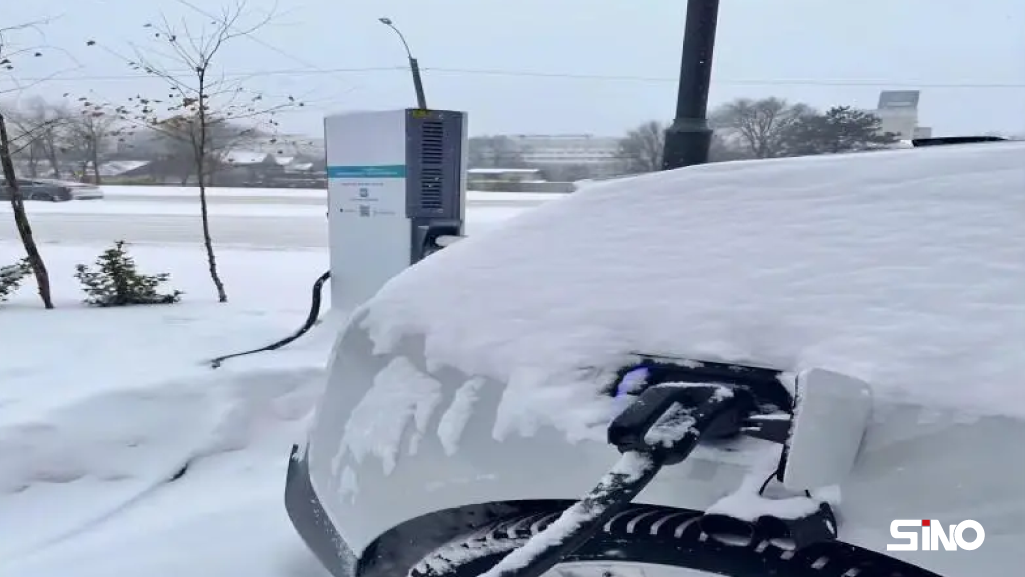
How Long Can Different Electric Car Models Sit Without Charging?
Even though all electric vehicles lose some of their charge when parked, the rate of discharge and how long they can sit without charging may vary with different makes and models. Here’s a look at how different EV models perform during long-term parking.
BMW i3
The BMW i3 is renowned for its efficient battery management system and low vampire drain. On average, it can sit for up to three weeks without needing a recharge, depending on the charge level when parked and environmental conditions.
Tesla Model 3
The Tesla Model 3 is among the top-selling EVs available. Although it is designed to lose about 1-2% per day when parked, it has several advanced power-saving modes. Tesla owners can be quite confident in the idea that the Model 3 can sit for approximately 3-4 weeks without needing a charge, given the proper conditions with the vehicle and moderate weather upon parking.
Chevy Bolt
The Chevy Bolt is another great EV that can handle weeks of sitting without a charge. Like other EVs, it has vampire drain but usually can go 2-3 weeks without major loss of charge, depending on storage conditions and the health of the battery.
Additional Tips to Maintain Your EV’s Battery Health
Besides proper storage, there are several other important factors to consider in maintaining your EV’s battery health over time.
Proper Parking Locations
Parking properly will also help in preserving your EV battery health. If possible, park your EV in a garage or at least a sheltered area to protect it from extreme temperatures. This can ease the stress on the battery caused by heat or cold.
Tire and Interior Maintenance
While storing your EV, it is also important to perform basic maintenance tasks like checking the tire pressure and making sure the interior is in good condition. Tires will slowly lose air, and interior components may deteriorate if exposed to extreme temperatures. Regular checks can help preserve the car’s condition during long-term storage.

Conclusion
Electric vehicles are made to withstand periods of inactivity, and most of the current electric cars can go for weeks or even months without charging. However, maximum care should be taken to keep the battery healthy by following optimum practice such as maintaining optimal battery charge, resorting to power-saving modes, where applicable, and keeping the vehicle in temperature-controlled storage conditions.
Knowing how much charge your EV loses while parked and taking the right precautions will ensure that your electric vehicle is ready to drive upon return.
FAQs
1. How long can an electric car sit without charging?
An electric car can sit for several weeks to a few months without charging, depending on factors like battery health, model, and environmental conditions.
2. How much charge do electric cars lose when parked?
Most electric cars lose about 1-3% of their charge per day while parked, depending on the car’s model and power-saving settings.
3. How do I prevent vampire drain in my electric car?
You can minimize vampire drain by using power-saving modes, turning off remote access features, and keeping your car’s software current.
4. Should I charge my EV to 100% before long-term storage?
It is best to charge to 50-70% before long-term storage for maintaining battery health.
5. What happens if my electric car’s battery completely drains while parked?
If your electric car’s battery completely drains while parked, it can damage the battery and may require a recharge or, in extreme cases, a battery replacement.
Our Social
Facebook: www.facebook.com/sinoevc
Instagram: www.instagram.com/sinoevc
Linkedin: www.linkedin.com/company/sinoevse
Youtube: www.youtube.com/@sinoevc
Twitter: www.twitter.com/sinoevc

“Charging for A Better Life”
—Zhuhai Sino Energy Technology Co.,Ltd.



